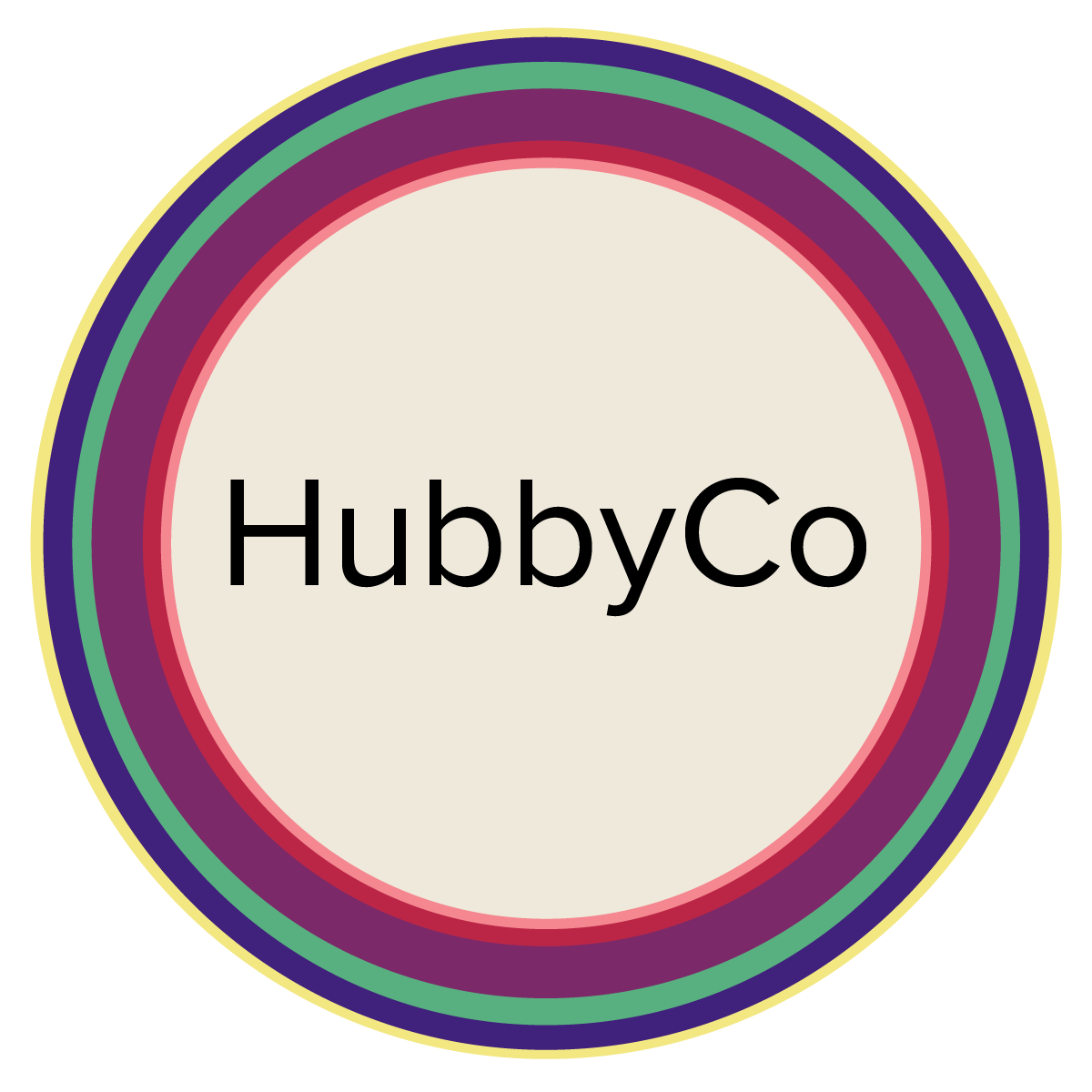UNIFORMS
Bettina Hubby
With text by Dave Cull
Published by The Ice Plant
Softcover, 80 pages, 9 x 12 inches
Saddle stitched, 48 full color illustrations
Edition of 750
September 2013
$40
Click here to order directly from The Ice Plant
In UNIFORMS Bettina Hubby takes a detour from her curatorial, community-based projects with an artist book of handmade paper collages as precise and elegant as they are chaotic and devious: clothed bodies collide, recombine and somersault across the page; machines mimic birds; jackets seem to genuflect in prayer. Constructed with the muted hues and contemplative negative space of a Noh play, Hubby’s mashups remix the familiar photographic imagery of fashion, commerce and reportage into a open-ended riff on personal identity and the human organism.
Complementing the work is an original fictional narrative by Dave Cull, delivered in brief installments throughout the book. Published on the occasion of Hubby’s solo exhibition Pretty Limber at Klowden Mann, Los Angeles, September 2013.
Shana Nys Dambrot on UNIFORMS:
"I always did like a man in a uniform. That one fits you grand. Why don't you come up sometime and see me? I'm home every evening." —Mae West, in She Done Him Wrong (1933)
Bettina Hubby makes these fantastic, fetishistic, quirky, creepy, expertly engineered collages on paper that cannibalize fashion and art magazines and other forms of commercial photography, co-opting these images as both actual material and raw plot-points in new non-linear narrative. These images deconstruct and re-imagine elements of desire, appetite and aspiration. Presented here through the narrative motif of the uniform as both garment and symbol, the uniform is the perfect interweaving of all Hubby’s conceptual threads—fashion, commerce, behavior, photography, actionism, interactivity, design, gender, class, and the body.
Hubby comes to every new idea—of which there are an alarming number—with a portmanteau of background experience and skills sets touching on various kinds of designs including fashion and rare books in addition to her cross-platform concept-driven art practice. Her work mystifies, captivates, and entertains; it also asks a lot of question. In this case such as, What is the function of the uniform in our socio-economic spheres? What does the series say about clothing’s power to project or erase individual identity? What does it say about the beneficial and/or problematic goal of using uniforms, about both the allure and the awfulness of people being all the same? Uniform the adjective is judgement-neutral, it is merely an observation of characteristics.
Uniforms are supposed to elide differences, cover them up, make them moot or inapparent. And sometimes to create differences in an us-versus-them team sports kind of way. School uniforms erase class and peer pressure and team and military uniforms create a group bond, and medical uniforms denote competence and police uniforms denote authority of the state and prison uniforms do to but from the other side of the telescope, and janitorial or sanitation or restaurant server or stewardess or etc denotes positions of service (not the same as subservience) and hipsters all dress the same and so do anarchists. If you work on Wall Street or in the Senate an expensive suit is a uniform, it restricts individuality but promotes confidence and financial-sector or power-player club versions of nationalism. If you’re Hugh Hefner, silk pajamas have become your uniform. Bettina Hubby’s extraordinary collages make this point with panache -- in the form of precious objects of which no two are alike.
click here to order directly from The Ice Plant


